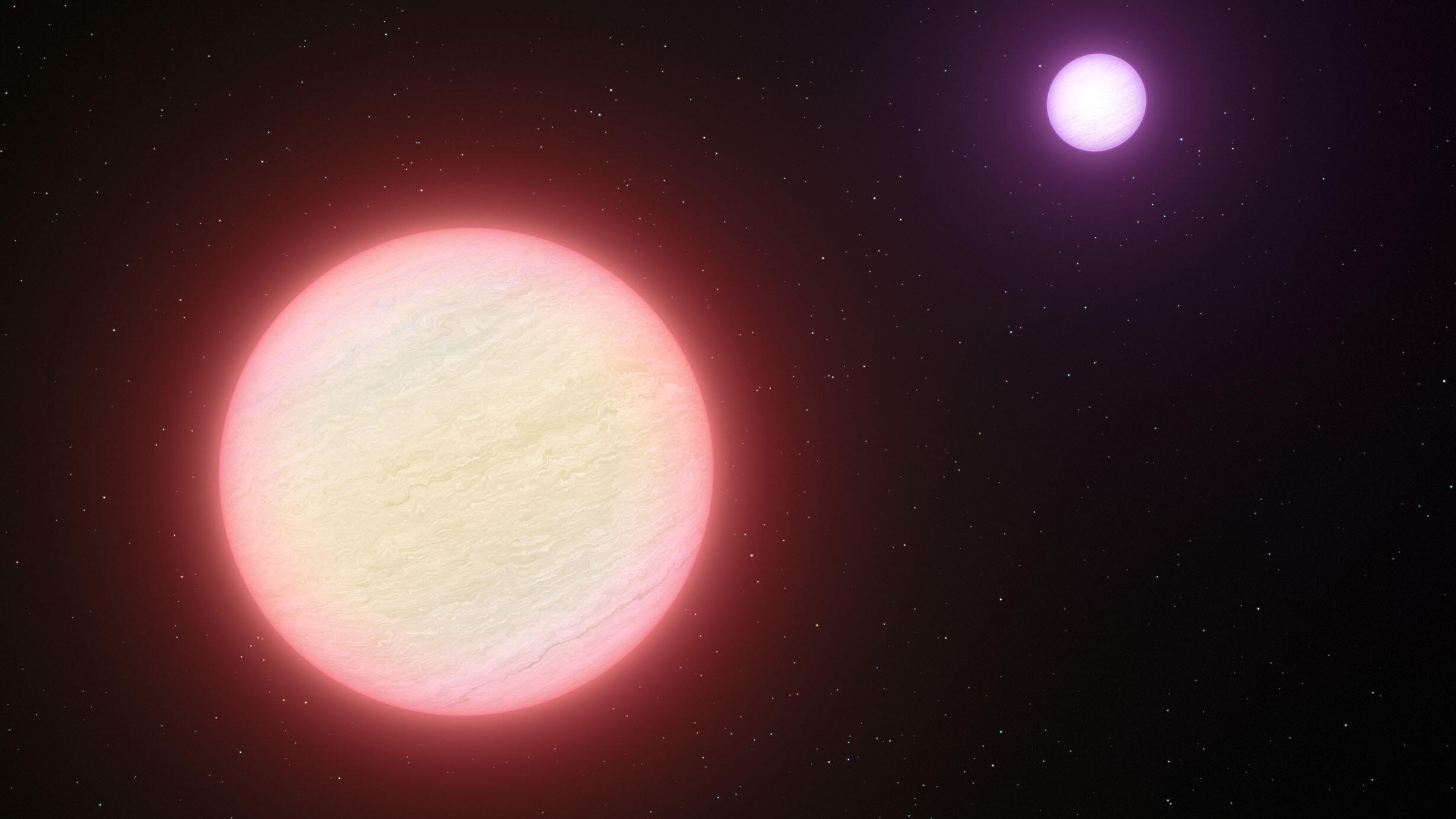 While stars and brown dwarfs can be found in pairs or larger groupings, finding a pair with low total mass and at a very large separation from each other is not common.
While stars and brown dwarfs can be found in pairs or larger groupings, finding a pair with low total mass and at a very large separation from each other is not common. European Southern Observatory/Creative Commons
A group of citizen scientists from the U.S. and France has discovered a bizarre pairing of two brown dwarfs, so-called “failed stars.” The finding, which was reported in The Astrophysical Journal, shows that brown dwarf systems—the formation of which are still poorly understood—can be very low mass and extremely far apart yet inexorably linked.
“Astronomers would conclude that brown dwarfs separated by billions of miles would dissolve as they moved through the galaxy over time,” said Jackie Faherty, a senior scientist in the Museum’s Department of Astrophysics and a co-founder of the citizen science project Backyard Worlds: Planet 9, which led to the new discovery. “But we’ve found one that is still very much together.”
Brown dwarfs are spread throughout the Milky Way. They lack enough mass to sustain stable nuclear fusion, but they are hot enough to glow brightest in the infrared range of the light spectrum. While stars and brown dwarfs can be found in pairs or larger groupings, finding a pair with low total mass and at a very large separation from each other is not common.
NASA
The Backyard Worlds project lets anyone with a computer and an internet connection flip through images taken by NASA’s Wide Field Infrared Survey Explorer (WISE) spacecraft and help astronomers identify new worlds beyond our solar system. If an object is close enough to Earth, it will appear to “jump” when multiple images taken of the same spot in the sky a few years apart are compared.
In June 2018, citizen scientists flipping through the Backyard Worlds images noticed an unusual pairing: one object that appeared faint but moved fast—the telltale sign of a new brown dwarf—and another brighter object moving nearby and at the same rate. The Backyard Worlds science team was alerted and became immediately excited about this rare cosmic sighting.
Read more about the Backyard Worlds Project here.
Then, in December 2018, members of the Backyard Worlds science team used the Baade Magellan telescope in Chile to confirm that the fainter source is indeed a member of one of the coldest classes of brown dwarfs. The brighter object was also confirmed as a low-temperature object, which the scientists learned was previously observed with the European Space Agency’s Gaia telescope and found to be just 78 light-years from the Sun. The researchers used the distance calculated by Gaia to precisely measure the brightness of each source and extract mass estimates: one has about 34 times the mass of Jupiter, while the other clocks in at 72 times Jupiter’s mass. They are separated by 341 astronomical units, which is about 32 billion miles.
“This is an excellent example of citizen scientists on the case,” Faherty said. “We are still searching for clues as to how brown dwarfs form, and this system is a provocative instance of what is possible at the extremes of survivability in the Milky Way.”
Learn about other discoveries from Backyard Worlds: Planet 9 citizen scientists, including a 3-billion-year-old ringed white dwarf.